Which Of The Following Is Not True Concerning Danhauser's Painting Liszt At The Piano From 1840.
![]()
Liszt at the Pianoforte (1840) - Oil Painting by Josef Danhauser
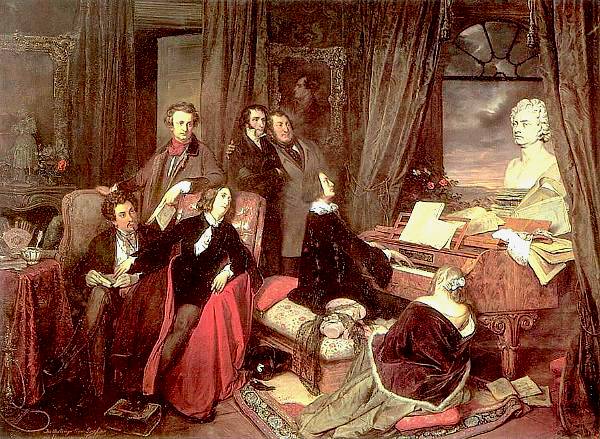 | 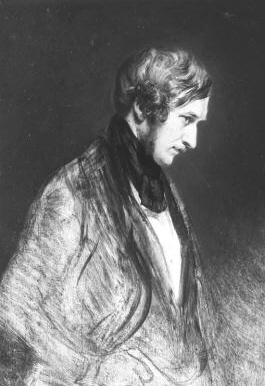 | 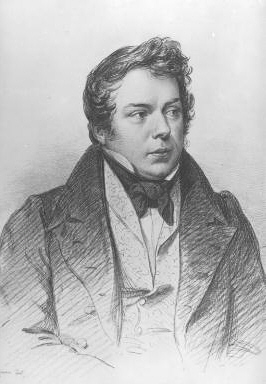 |
| Liszt at the Piano (1840) is an oil on wood painting by Josef Danhauser (1805-1845); information technology currently is on brandish at the Country Museum in Berlin, Germany. The to a higher place photo has been digitally enhanced to increase the overall clarity of the image. | Self Portrait is a drawing by Josef Danhauser made in about the yr 1825. | Portrait of Josef Danhauser is a cartoon made by Thomas Ender in 1834. |
Josef Danhauser, was an Austrian artist who was born in Vienna in 1805 and died there in 1845. He was a slap-up devotee of Beethoven and made a expiry mask of the famous composer in March 1827; in 1840 he gave a plaster replica of the mask to Franz Liszt, who was another Beethoven aficionado. As a painter, Danhauser was all-time known for his portraits, particularly those of other artists.
The painting Liszt am Fl�gel (Liszt at the Piano), completed in 1840, was commissioned by the piano maker Conrad Graf (1782-1851). An commodity entitled Danhauser's neuestes Bild giving all the compositional details of the painting was published in the Wiener Zeitung on 13 May 1840.
This piece of work is mayhap better known among musicians than painters. I profoundly admire this work because, to me, it symbolizes the aesthetic culmination of European Romanticism.
Franz Liszt is shown playing the piano for six of his friends, all of which are notable Romantic artists. In the room from left to correct are ii groups of three artists each: from the literary realm are the novelists George Sand (dressed equally a homo, reclining in an armchair and smoking a cigar), Alexandre Dumas, Sr. (sitting beside Sand) and Victor Hugo (leaning on the back of Sand�southward chair); from the musical realm are the violinist Nicol� Paganini, the opera composer Gioachino Rossini, and, of grade, the composer/pianist Franz Liszt. The seventh person, sitting at Liszt�due south feet, is his mistress Comtesse Marie d�Agoult; she was the mother of Liszt's girl, Cosima, who later would became Richard Wagner�s wife. The symbolic presence of the ii greatest artists of the Romantic Era are also depicted, i.e., Byron and Beethoven. Lord Byron, perhaps the greatest and certainly the almost famous poet of the Romantic Era, is represented by a portrait hanging on the wall -- presumably a re-create of the famous drawing by George Harlow (meet below). Ludwig von Beethoven, the greatest musical composer of the Romantic Era, is depicted by a luminous bust which is remarkably like to the famous 1821 bust of Beethoven past Anton Dietrich (see below).
Other details of the painting include the following: 1) on the left is a tabular array property a minor statuette representing Joan of Arc; ii) On the piano music stand are scores for a Fantasia past Liszt, as well equally the Marcia funebre - Sulla morte d�united nations Eroe by Beethoven; and 3) On the floor near Marie d�Agoult are several music scores including i that is open bearing the inscription: d�di� a son �l�ve Liszt - C. Czerny, a teacher and family friend of Liszt.
| | |
| This is the well known chalk drawing, made past George Henry Harlow, of Lord Byron as he appeared at the fourth dimension of his marriage in 1815. | This bust of Ludwig von Beethoven was created in 1821 by the Viennese sculptor Anton Dietrich (1799-1872). Information technology currently is on display at the History Museum of Vienna. |
Number Symbolism
The numbers three, 7 and ix, -- all of which are important to Pythagorean/Hermetic philosophy -- figure prominently in the painting. There are two groups of iii artists (literary and musical trinities) plus Liszt's mistress makes a total of 7 people in the room. The symbolic presence of both Byron and Beethoven is likewise suggested. Thus a total of ix neat personages from the European Romantic Movement are in some way depicted - a Grand Ennead !
Music equally the Highest Fine art Form
In my view, this painting non only glorifies the romantic artists of Danhauser's fourth dimension, simply besides suggests the superiority of music, compared to other art forms, in communicating at least some aspects of the Noumenal Earth . The principal figure in the painting is a musician engaged in the act of producing music. The overall composition of the painting draws the observer'southward attention non merely towards the figure of Liszt (placed right of center on the canvas), but across him. The people in the painting look toward the right and Liszt peers direct at an boggling bust of Beethoven placed on the far right beyond the curtains that enclose the window.
The Beethoven bust dominates the entire painting. It is unduly larger than annihilation else in the picture and is the largest calorie-free-colored object on the canvas. The bust appears to rest on a bundle of sheet music on superlative of the piano; nevertheless, a closer expect reveals that It is actually suspended exterior the window against the background of a stormy sky. Thus Danhauser suggests a spiritual rather than a physical presence of the smashing principal composer. Franz Liszt is the only person gazing directly toward this presence, making it announced that only he, as the producer of the music, had the ability to perceive this apparition. This mystical presence of Beethoven in an 1840 Parisian Salon was highly advisable. In the 1830s and 1840s, the enthusiasm of French audiences for Beethoven�s symphonies was almost unbounded. Too, both Sand and Hugo published admiring accounts of their reactions to his music - particularly the Ninth Symphony.
I should further note that the inclusion of Victor Hugo in this painting may exist highly significant as he purportedly, during the years 1844-1885, was the Grandmaster of the occult group known as the Prieur� de Sion !
Opinion of a Professional Fine art Historian
Shown beneath is an extract from an article entitled Liszt: the Romantic Artist past Katherine Ellis (as published in The Cambridge Companion to Liszt (2005), edited by Kenneth Hamilton. Note that Ms. Ellis erroneously identifies the homo, known to be Victor Hugo per the Wiener Zeitung article (see above), with the French composer Hector Berlioz.
Ane of the most famous images of the pianist, Josef Danhauser�south Liszt am Fl�gel (1840), features him playing to a collection of rapt artist-listeners, in a room (supposedly his own) containing a portrait of Byron merely dominated by a bosom of Beethoven (in whose general management he gazes upwardly, completing the dramatic diagonal that extends right across the picture). Through a seemingly glassless window a distinctly stormy sunset is visible. But at that place is more than. The grand piano itself appears to be half inside the room and half outside, collapsing the altitude between the hither-and-now and infinity; likewise, the outsize bust of Beethoven, which seems at showtime sight to be placed on pinnacle of the piano, really inhabits an ambiguous space above it � a floating vision for the viewer, framed past, and existing beyond, the window opening. If Beethoven exists in this painting at all, it is in the heed�s eye. Hence, possibly, the composer�south out-of-scale portrayal. Moreover, in the context of a twilight scene, the startling whiteness of his marble grade draws attending to the pool of low-cal in which the right-hand side of the canvas is bathed and which touches the faces of Liszt, Berlioz [sic] and Sand especially. The narrative description of Beethoven�south symphonies by Hoffmann and Berlioz, especially those of the 5th Symphony as a progression from symbolic darkness to light, are shut cousins of this motion-picture show. Danhauser�due south composition invites u.s.a. to �read� the image as an upward progression from the predominantly dark browns, russets and reds of the left-paw side to the tans, golds and creams on the correct, where the piano and its cascades of sheet music lead usa to Beethoven�s earth of the infinite. In this fusion of meticulous detail and visionary symbolism Danhauser encapsulated the ideal of the Romantic sublime towards which Liszt strove, and placed him at its epicentre.
![]()
Return to Home Page
Source: https://objectiveart01.tripod.com/liszt_at_the_piano.htm
Posted by: durochersups1973.blogspot.com

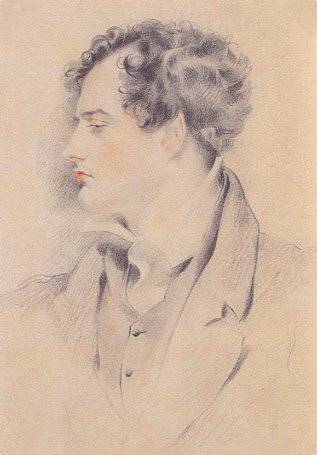
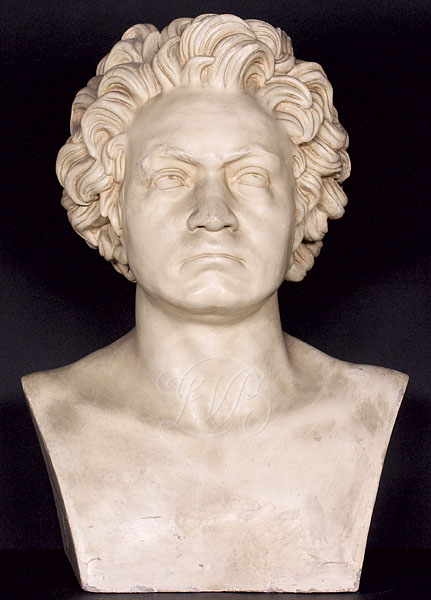
0 Response to "Which Of The Following Is Not True Concerning Danhauser's Painting Liszt At The Piano From 1840."
Post a Comment